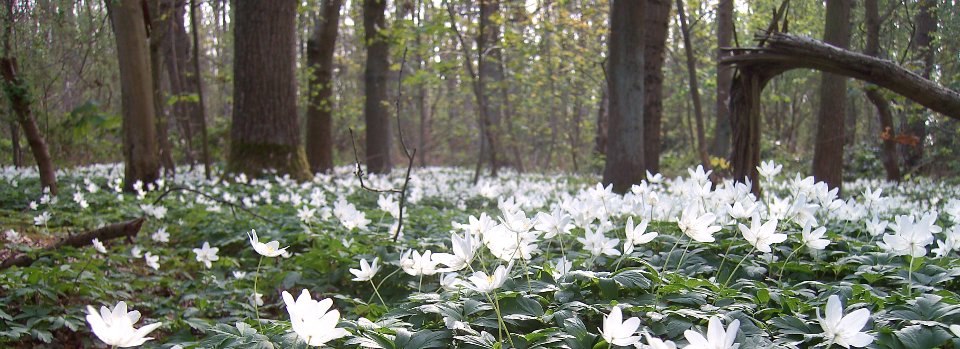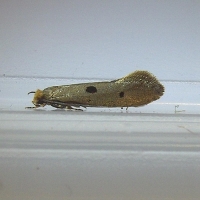When I first embarked on the task of making a list of the flora and fauna of Lion Coppice and its immediate surroundings I had no idea just how long the list would become or how much time would be involved in compiling it. So it was quite a surprise to find that the list of moths alone has now passed the 100 mark.
Following the discovery of ghost moths in the field adjacent to the coppice, almost a year ago now, I had begun to pay more attention to the Lepidoptera of the area. Most of the butterflies were already familiar to me; there are maybe a dozen species seen regularly during each year, but the moths were a bit of a mystery.
Finding moths isn't that hard; just leave a light switched on at night and many (most?) will be drawn to it. Catching and photographing them is not much more of a challenge, but identifying them can be a painstaking and time-consuming process but one which I found ultimately to be a lot of fun.
Whilst some species have unique and distinctive markings or other characteristics, others require a good deal of research and the invaluable assistance of experts to be confident of an identification. And some are just impossible to identify accurately from a photograph and a few simple measurements of length or wingspan.
But despite the difficulties and the occasional failures I think I am getting much better at making a correct first time identification which can then be confirmed by those more experienced than me.
What I wasn't prepared for and which came as a complete surprise to me, was just how many moth species can be found. On the evening of 30 June 2012, a little under a year since I began looking at moths in more detail, I found and recorded the 100th moth species and there must be many more still to come as the rate at which I'm coming across new species is showing no sign of abating. It's certainly not unusual to add 3 or 4 new species to the list each week.
I really don't know how this figure would compare with a "regular" area of woodland or even an urban back garden, but it suggests to me that Lion Coppice, the last remaining area of ancient woodland within the boundary of Shrewsbury Town, is a bit of a hotspot for biodiversity. If there are over 100 species of moth then how many spiders, flies or beetles might be expected? Moths are relatively easy for an amateur such as myself to identify with confidence; these other groups are a lot harder.
The other point to make is the very insanity of assessing the value of an area with an ecological survey involving just one or two days of observation. It really is no wonder that the survey carried out on behalf of Persimmon failed to find any of the six moth species on the NERC Section 41 list. After almost a year of observations I would hesitate to say that the number of Section 41 species is limited to just those six.
It takes a lot of time to carry out a proper investigation of an area. It would be a tragedy if the site were to be damaged by money-grabbing property developers just as we are beginning to truly understand the value of Lion Coppice.


